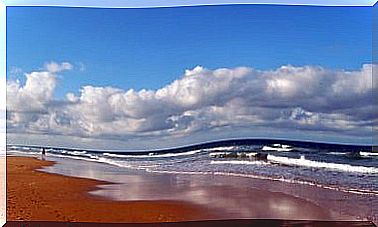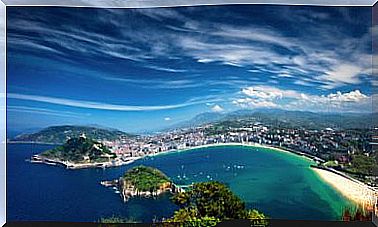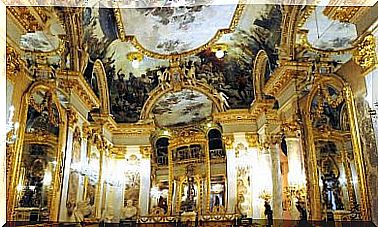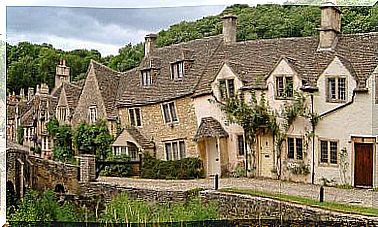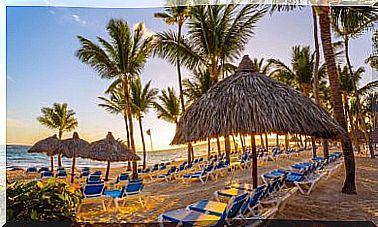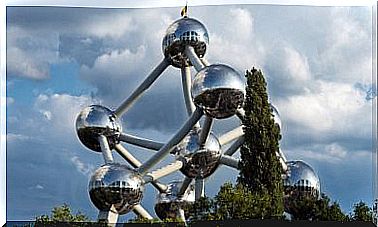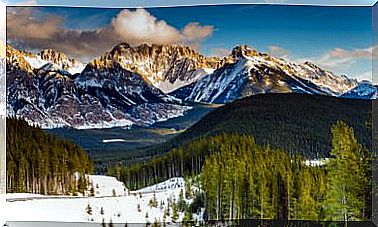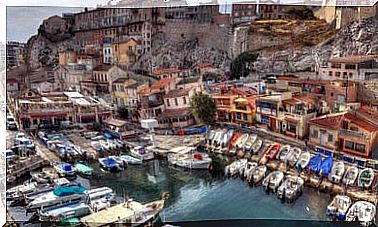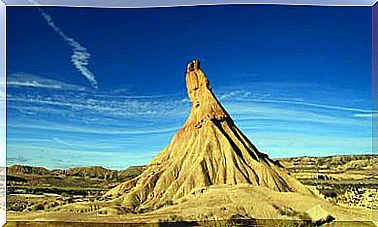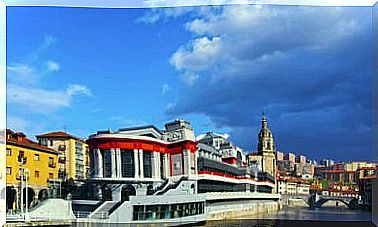7 Towns In The Picos De Europa That You Cannot Miss
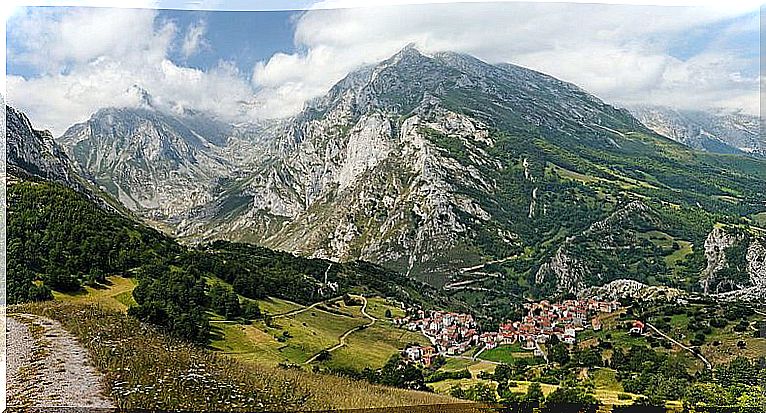
Located in the north of Spain, and within the Cantabrian Mountains, it is the second most visited national park in the country. We are going to discover the towns of the Picos de Europa that you should know. Wonderful villages in one of the most spectacular settings on the Iberian Peninsula. Do not miss it!
Which towns in the Picos de Europa should you visit?
Between the Principality of Asturias, Cantabria and the province of León, these are some of the towns in the Picos de Europa that are worth visiting, due to their location, their history and their traditions.
1. Las Arenas
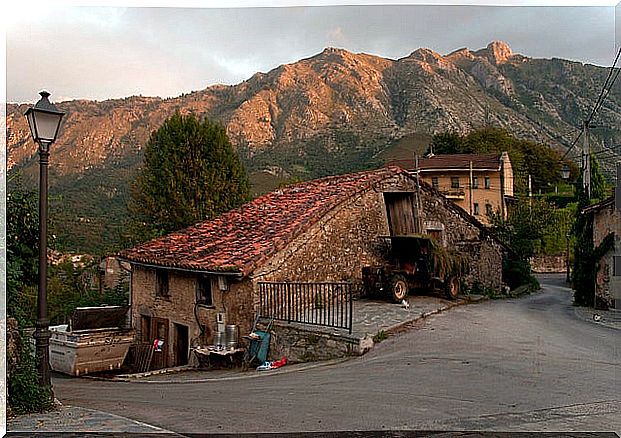
This town in the council of Cabrales, in Asturias, is famous for its cheese production. Even every August a contest is held to choose the best among all local manufacturers.
Las Arenas is one of the access doors to the Picos de Europa. Its main attraction is the church of Santa María de Llas, of late Romanesque style and recently refurbished. It consists of a main nave and two side chapels.
2. Camaleño
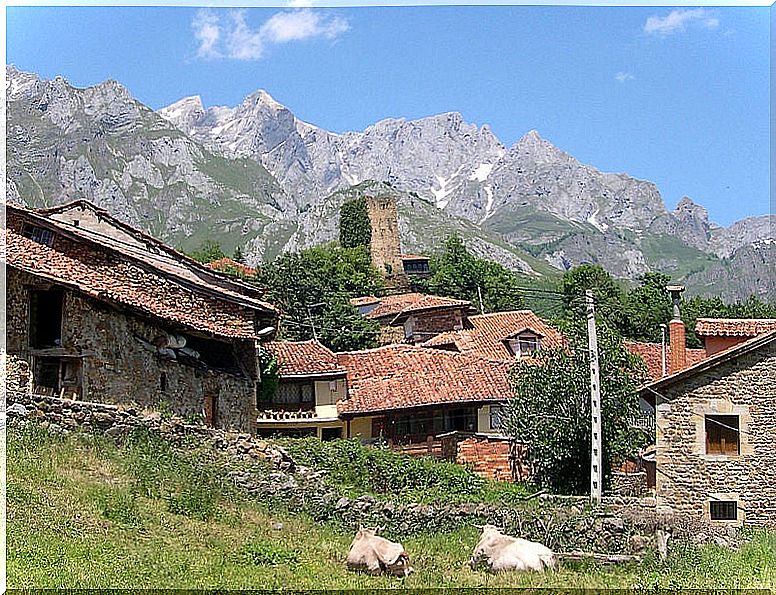
This municipality of Cantabria has a privileged location in the middle of the national park. Camaleño is on the banks of the river Deva and its heritage is made up of the Gómez de Enterría house, a well-preserved granary, a rustic hermitage, the Santo Toribio de Liébana monastery and the Mogrojevo place. In addition, its Lebaniega route links the Camino de Santiago with the Camino Frances.
3. Pots
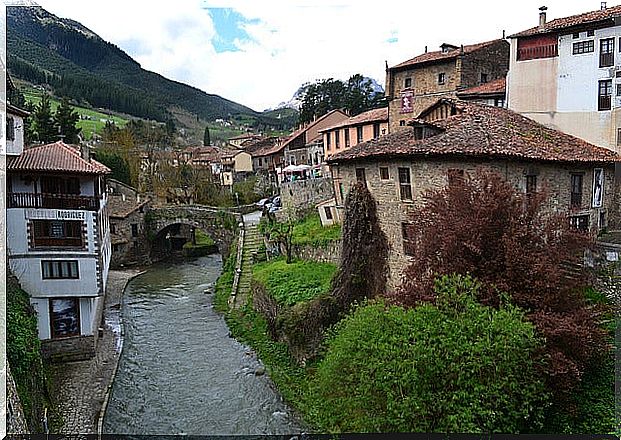
It is the capital of the Liébana region. A beautiful town surrounded by mountains, at the confluence of 4 valleys. Known as the town of bridges and towers, Potes is a town of old houses that take us back in time.
Starting point for hiking routes and a place to practice nature sports, this beautiful town is also known for a particular product: its pomace, which even has its own festival.
4. Bulnes
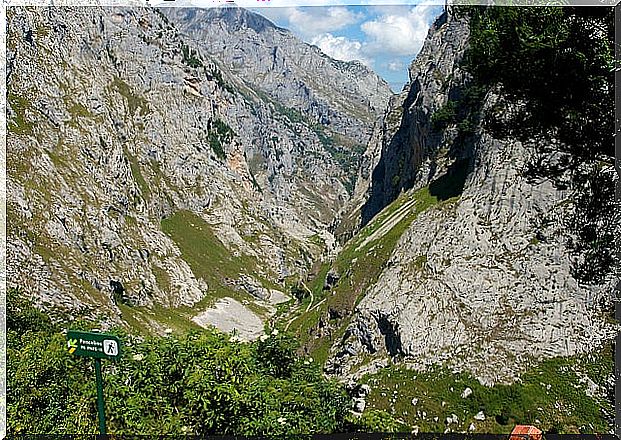
It is a parish in the council of Cabrales, in Asturias, and is divided into two neighborhoods: de Arriba (or the castle), which is the oldest and least built-up part, and Abajo (or the town), which has more services and constructions.
Its surroundings are chosen by hikers due to its fabulous walks or routes : to Amuesa, Pandébano and Naranjo de Bulnes.
5. Doubles
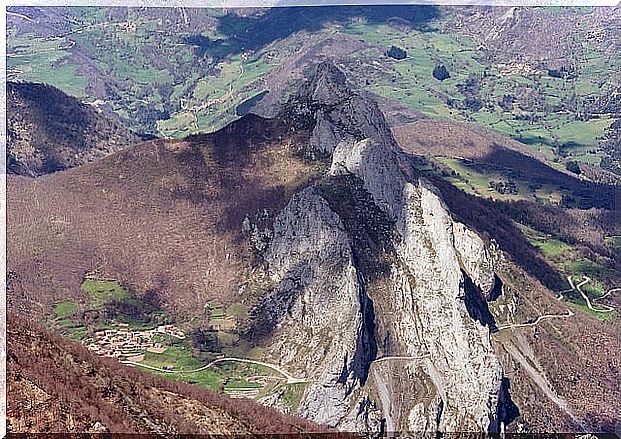
It is located in Vega de Liébana (Cantabria), it is located almost 1000 meters above sea level and has been declared a Historic Site due to its urban and ethnographic value.
Its main attractions are the Bedoya, Corral and Salceda houses, which belonged to nobles and are shown by the shields on the façade. In addition, we can visit the church of San Mamés, which houses a 16th century tabernacle and a 19th century altarpiece.
6. Cangas de Onís
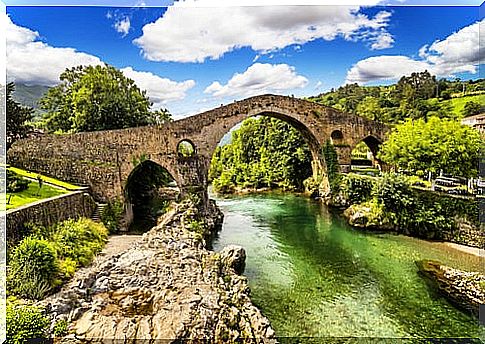
It is a council of the Principality of Asturias, being very important in history because, for example, King Don Pelayo settled here before starting battles in northern Spain. About 2000 hectares of Cangas de Onís belong to the Picos de Europa.
The heritage of this town is made up of the Church of the Holy Cross (from the year 733), the Roman bridge (although it was built by Alfonso XI), the Palace of Cortés (from the 18th century), the medieval church of Santa María, the Enrique Monasterio’s palace (with a symmetrical façade) and the church of Santa Eulalia de Abamia (where Don Pelayo and his wife were buried).
7. Spinama
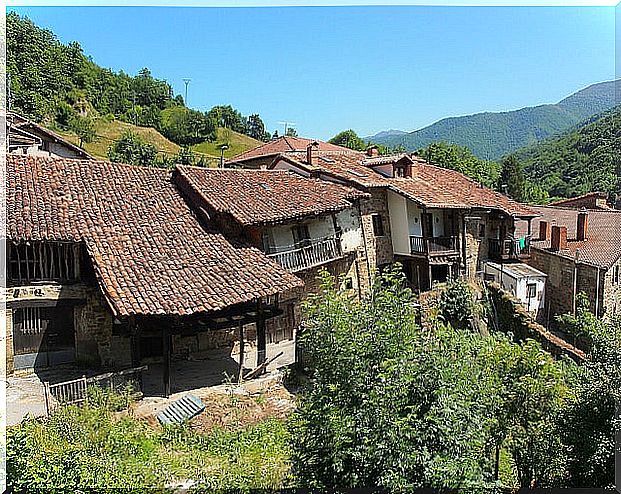
Another of the municipalities of Cantabria that you will love to know. It is surrounded by mountains and the Nevandi and Deva rivers meet between its streets. The outstanding monuments of Espinama are the hermitage of the Virgen de la Salud, the wooden granaries, the old 17th century church, the Rectoral House, the church of San Vicente Mártir and the “Casona” with the Noriega coats of arms. and the Cosgaya.
Other towns of the Picos de Europa are: Cue, Sotres, Ribadesella and Llanes in Asturias; Barago, Mogrovejo, Potes, Caloca, Piasca and Barago in Cantabria; and Cain, Posada de Valdeón y Sajambre in León.
